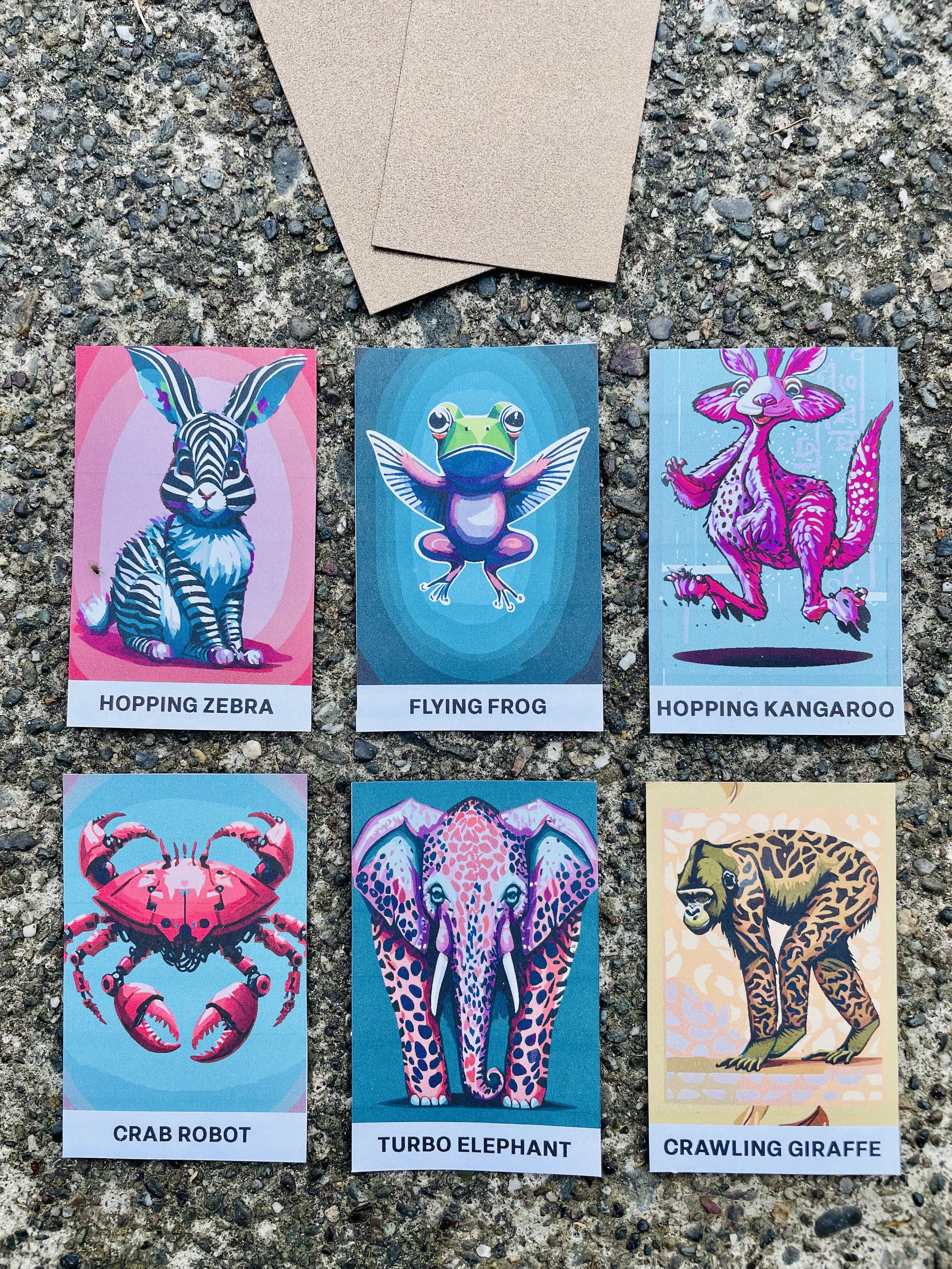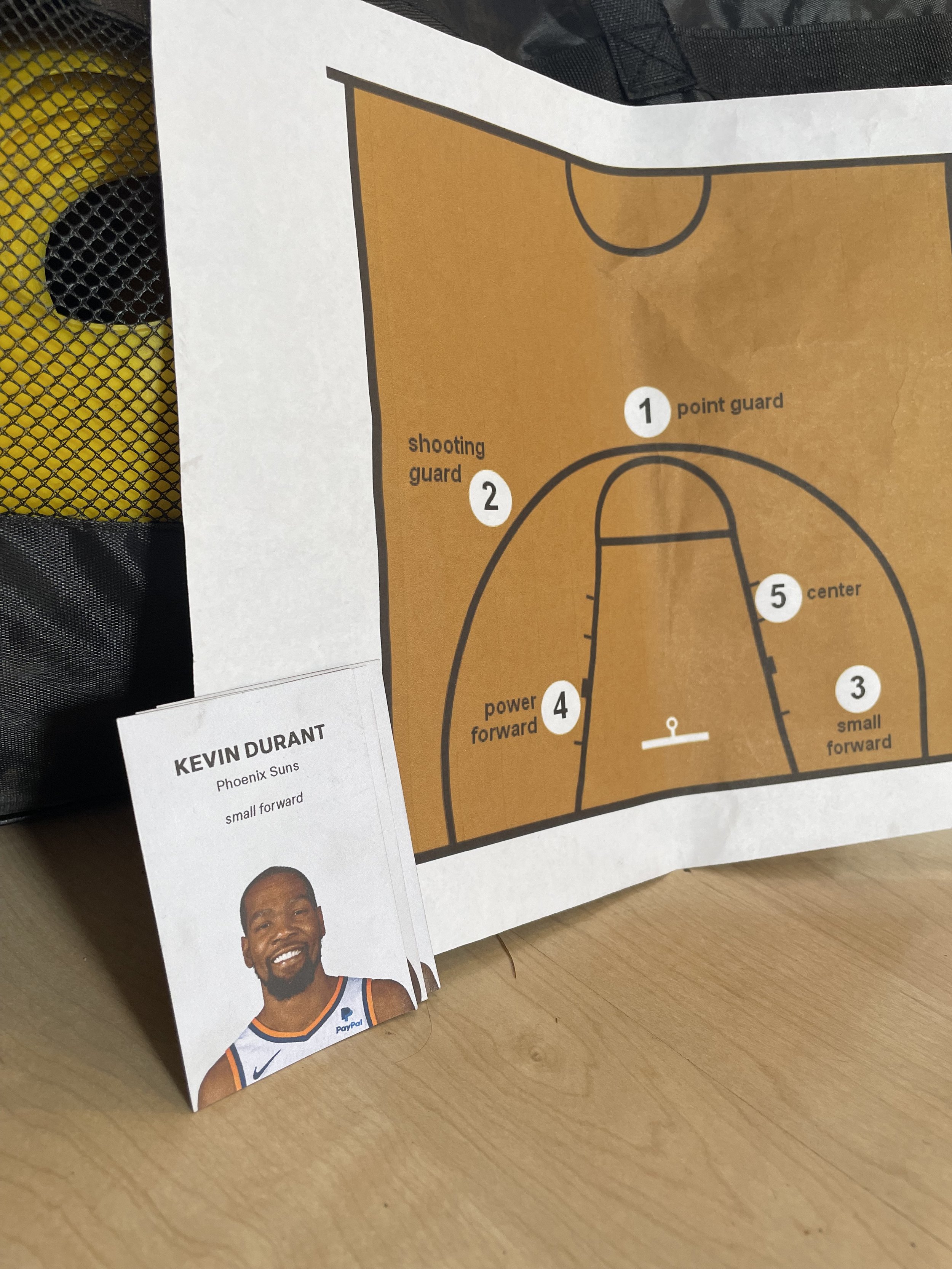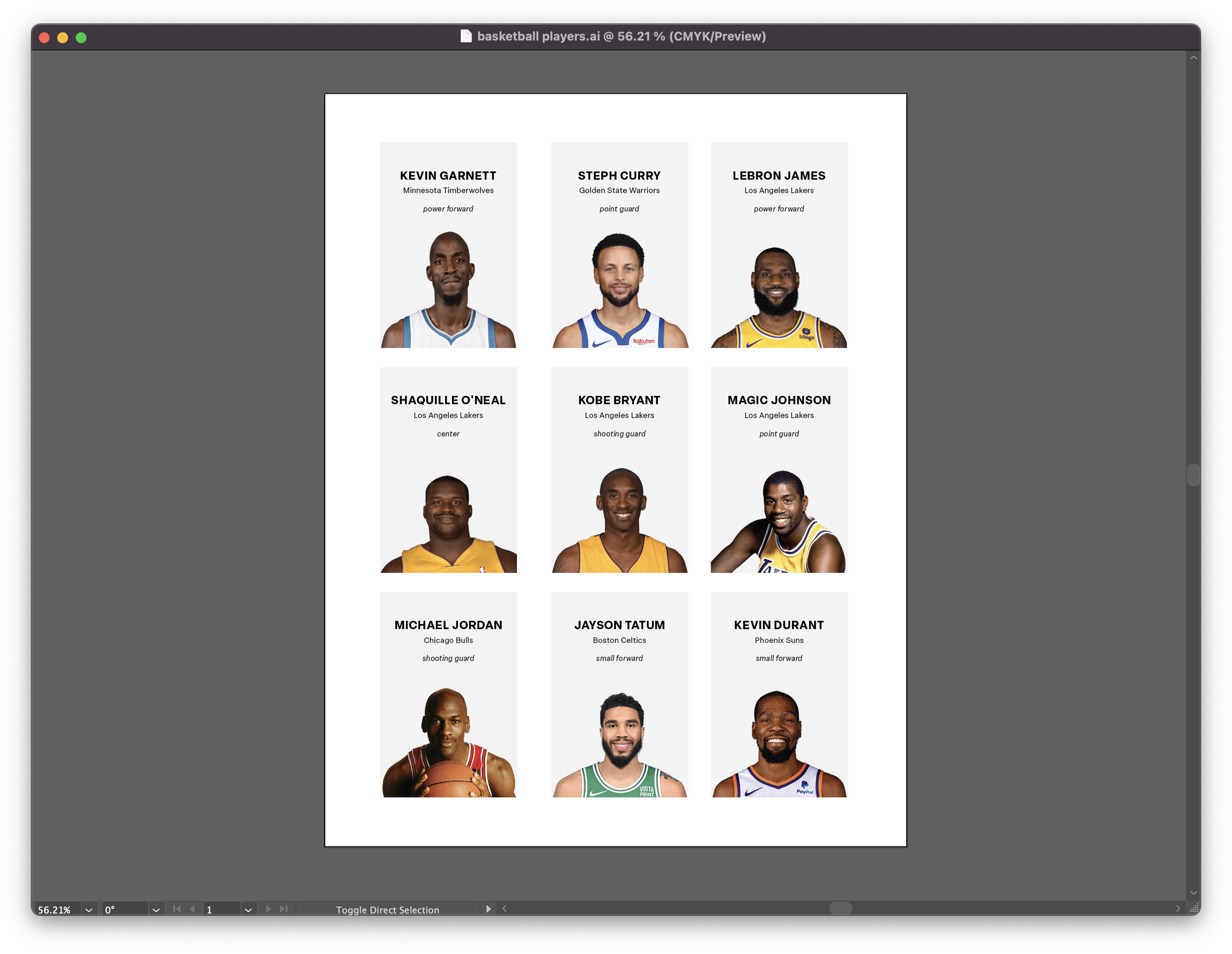
Structuring Youth Sports Programs
A UX analysis improved a youth sports curriculum for grades TK-5. While coaches had good teaching materials, they needed better structure for weekly programs. The redesigned curriculum provided clearer organization to help instructors develop engaging children's activities.
Background: As a designer in a multi-sided marketplace, I conducted a volunteered UX analysis and proposed improvements for an after-school sports program serving TK-K and 3rd-5th grade students.
Project: UX, lean testing, journey mapping, activity flow, visual design, communication, leadership, and program design.
Problem/Opportunity: While coaches received valuable teaching materials, they lacked a structured framework for implementing weekly programs.
Hypotheses: A redesigned, structured curriculum will allow coaches to better focus on creating engaging activities for children.
Role: Multi-sports coach
The analysis and UX problem-solving below were part of my observation and not part of the compensated job.
Recruitment | Onboarding | Opportunities | Solutions | Learnings
Recruitment
The hiring process to be a coach was relatively easy and smooth. I was recruited through word-of-mouth and an Instagram profile. I worked directly with a Program Manager who walked me through each step so I could be successful in my first class.
Sports Program Onboarding
A wealth of information was shared with the coach, but the navigation was too complex and overwhelming. This presented an opportunity for a simple, intuitive curriculum based on the age groups.
Objective of the program:
The multi-sport program aims to introduce children to soccer, basketball, and volleyball fundamentals while promoting physical fitness, coordination, and teamwork in a fun and inclusive environment.
Problem: the original structure of the program is too broad to apply to the competency of different age groups. The young kids get quickly bored due to the need for more storytelling folded into the movements.
Opportunities
TK-K vs. 3-5th graders have a different set of physical and mental capacity
Attention span is very minimal in young kids
Students have been in school all day with many stimulations
Program Design Solutions for TK-K
The program’s framework is divided into smaller sections to increase constant engagement from the children
Activate their imagination by naming the movements with silly names (bonus: something that they care about)
Provides cards/drawings/visual aids to engage their senses
Before
After
Program Design Solutions for 3-5th
The program is divided into sections that are almost similar to the TK-K’s framework without the Attention Games
Adding pop-culture knowledge that applies to the specific sports
Applying and identifying social-emotional skills during activities
Program Design Improvements
I adjusted the activities, language & tones and produced visual aids to engage my students weekly.
I can see the impact of my adjustments, which is similar to A/B testing in product development.
I practice lean product methodology and have constant learning from it.
















